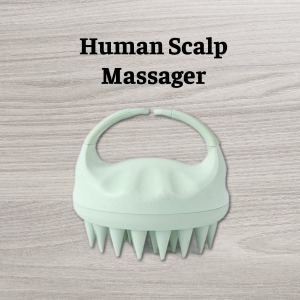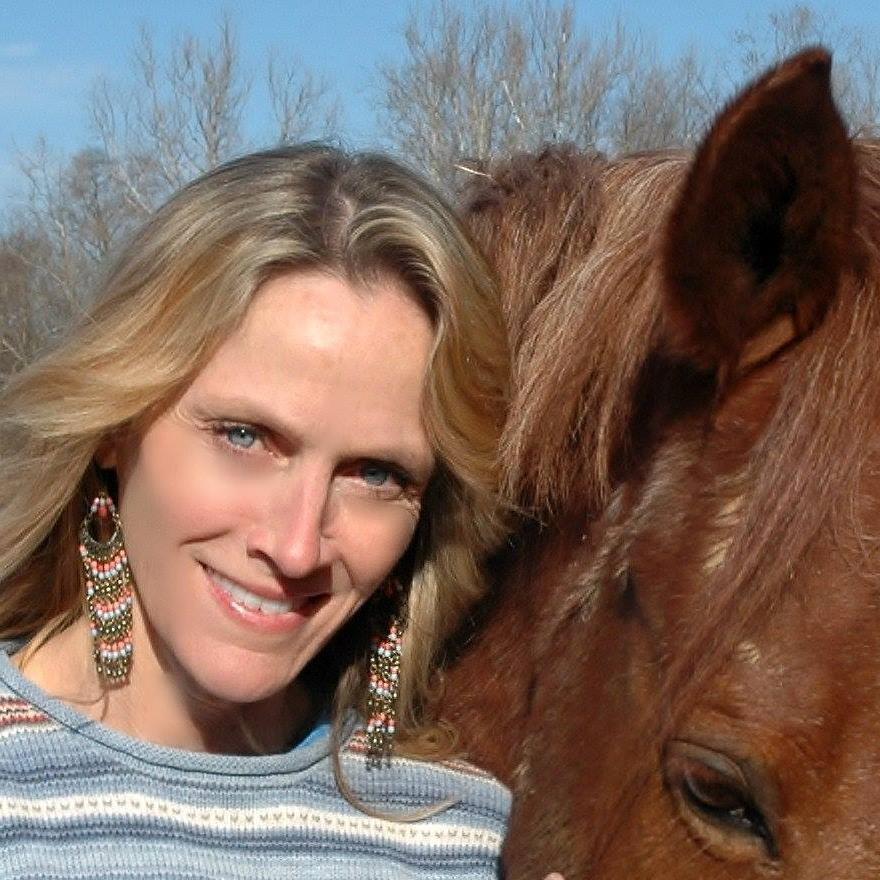
What IS Fascia?
Fascia, whether on humans or horses, is like the forgotten sibling to muscles and tendons. Fascia refers to all connective tissue. Myofascia (myo meaning muscle) relates to all the fascia surrounding, connecting to and contained with the muscular tissue. It protects and surrounds everything within your horse’s body. Every nerve, bone, organ, muscles, blood vessel and cell lies within the fascia.
What if it becomes damaged?
The myofascial system is by nature well adapted and tough; however, it is easy to break or damage certain fibers, this can result in a loss of flexibility, changes in movement and pain. For example, imagine a small piece of gravel inside your shoe – to begin with this only causes you some minor discomfort, but if it isn’t sorted it isn’t long before it can affect how you walk which then impacts on other parts of your body too.
It’s the same for your horse, fascial restrictions alter your horse’s structural alignment leading to uneven paces, loss of power, lameness, pain and behavioral changes.
Where Are The Fascia Lines?
The precise functional role of connective tissue, and especially that of Myofascia, remains largely unexplored. In a study by Dr. Vibeke Sødring Elbrønd, dissections of horses were undertaken in order to verify the existence of kinetic lines of fascia in horses. Having better knowledge of these lines gives you a clearer understanding of the complex interactions that exist throughout the whole of the horse’s body. The study identified seven lines that can be used to explain how a biomechanical problem in one region can impact on other parts of the body.

The study concludes that these kinetic lines can help practitioners trace the main cause of locomotor problems in horses afflicted with impaired performance.
What Can I Do To Help My Horse?
Without treatment the damaged fascia fibers continue to tighten along this constant web, pulling throughout the body and impacting on other structures. Hollow backs, tense necks, behavioral changes and uneven gaits are just a few of the physical and mental impacts that can affect the horse.
Equine bodyworkers are trained to recognize the tension in the fascia lines and know how to release it. If you suspect your horse might be struggling with some fascia issues schedule a session with a good body worker. In the meantime and the in between time I discovered a way I can help my horse on a daily basis. I already know Finn suffers with fascia issues and he gets regular body work, but I use a human scalp massager in my grooming and he LOVES it. It’s only $6.99 (follow link to order) and WELL worth it!

When I use it I try to follow the kinetic lines. I get all kinds of big releases from Finn as I lightly massage the fascia. Yawning, blinking and he even leans into it!


If you are like me, you want to use everything you can to keep your horse happy and healthy. Understanding and releasing tension in the fascia is a great tool to have in your toolbox!
Peace and good rides!

Laura
The Horse Hippie


You must be logged in to post a comment.